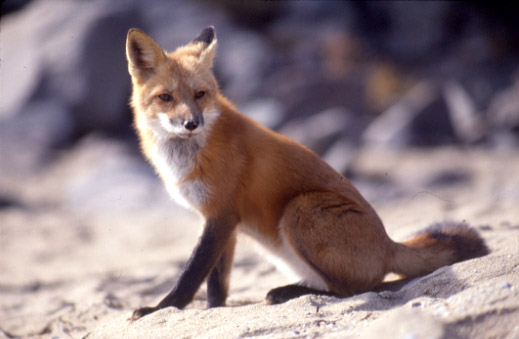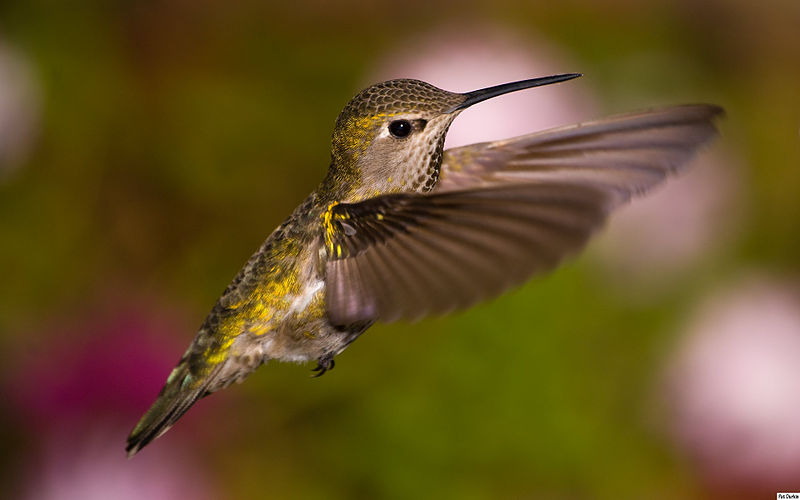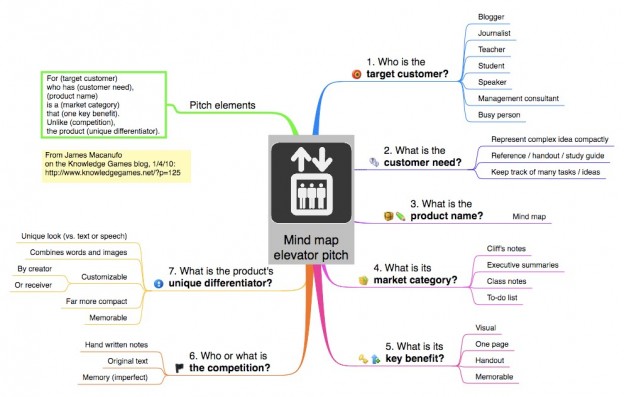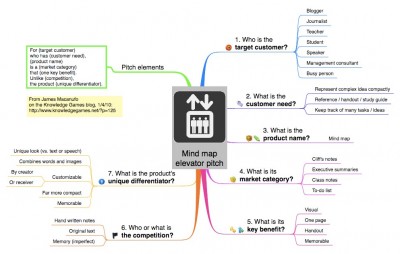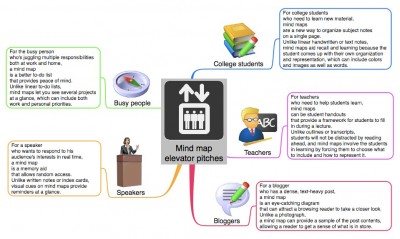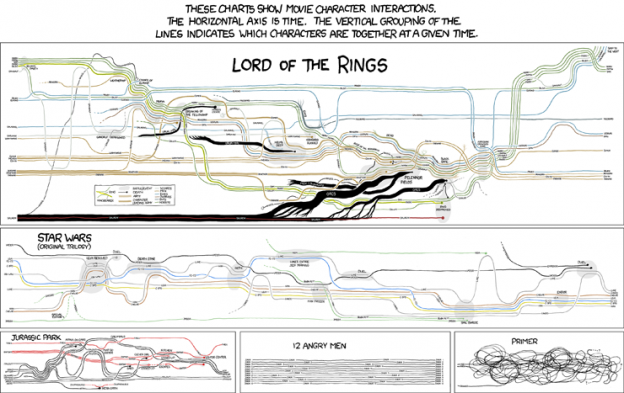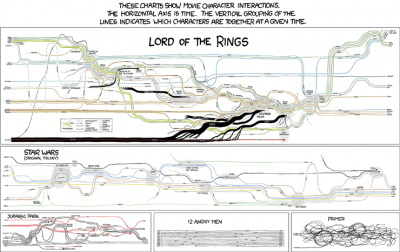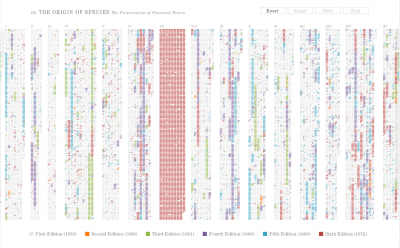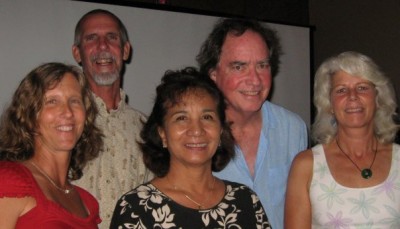
I got a nice email yesterday from Veronica Taylor of After School Care Programs in El Paso County, Colorado. She wrote:
With school resuming, I’ve been putting together educational resources to help the kiddos. I’m always looking for new educational sites, and yours has been a big help! Thank you!
The summer volunteers have been involved as well, I’m letting them pick some of their favorite resources to include. Here’s one that I loved, too! It might be a good fit for your page…lots of info on various graphic organizers: Fostering Better Business Communication – Mind Maps & Graphic Organizers
I hope you like it! Could you include it on your page with the other resources? I’d love to show our summer helpers that their work hasn’t gone unnoticed.
I appreciated her note very much, and I’ve added the link to my mind map page and graphic organizer page. It has 40 links to informational pages on mind maps and graphic organizers. Update, May 2, 2016: The latest version of the page is here, with fewer links – I suppose some of the original ones have disappeared.

Veronica’s organization’s website has a wealth of educational resources, too, which inspired this blog post so I could highlight it. Subject areas include Language Arts, Math, Science, Social Studies, and Health & Nutrition, each with 40 or 50 links. There’s no excuse for boredom or ignorance with a resource like this! Thank you, Veronica!

